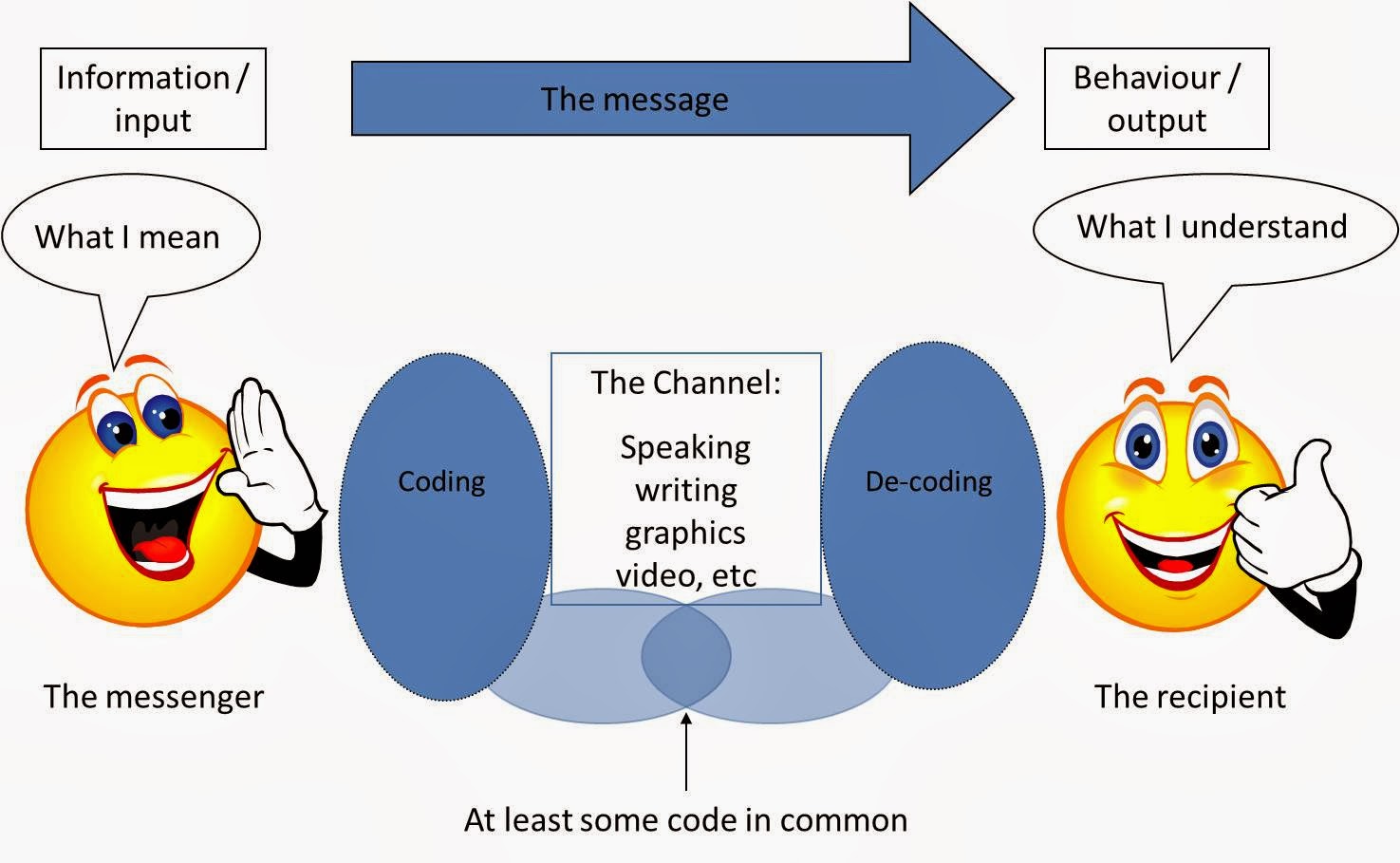Guidelines to Teach Letter Writing with Examples
Writing letters effectively requires breaking down the process into manageable steps, ensuring students understand the structure, purpose, and nuances of crafting a letter. Letters can be formal or informal, each serving different contexts and purposes. Here's a comprehensive guide to teaching letter writing, including both formal and informal examples.
Step 1: Understand the Purpose
- Identify
the Type of Letter: Distinguishing between formal and
informal letters. Formal letters are written for official purposes or to
individuals you don't have a personal relationship with, while
informal letters are written to friends, family, or acquaintances.
- Clarify
the Purpose: Understand why you are writing the letter. Is it to
inquire, complain, request, thank, or catch up with an old
friend?
Step 2: Know the Parts of the Letter
Teach the structure of the letter, which typically includes:
For Formal Letters:
- Sender's
Address: Top left corner, followed by the date.
- Recipient's
Address: Below the sender's address on the left, after a space.
- Salutation:
Formal greeting, e.g., "Dear Mr. /Mrs. /Ms. [Last Name],"
- Body:
Introduction, main content, and conclusion.
- Closing:
Formal, such as "Sincerely," followed by your name and
Signature.
For Informal Letters:
- Date:
Usually at the top right corner.
- Salutation:
Casual greeting, e.g., "Dear [First Name],"
- Body:
Introduction, main content, and conclusion.
- Closing:
Informal, such as "Best wishes" or "Yours truly,"
followed by your name.
Step 3: Planning Your Letter
- Outline
the Content: Organize your thoughts and the information you must
include. For formal letters, make sure to stay on topic and be concise.
For informal letters, you can be more personal and expressive.
Step 4: Writing the Letter
- Introduction:
Briefly state the purpose of your letter.
- Main
Body: Provide the details or the message you wish to convey. In formal
letters, stick to the facts and be direct. In informal letters, you can
share news, ask about the recipient's well-being, etc.
- Conclusion:
Summarize your purpose or give a call to action (for formal letters). In
informal letters, you might end on a personal note or with well wishes.
Step 5: Editing and Proofreading
- Check
for Errors: Review the letter for spelling, grammar, and punctuation
errors. Ensure the tone is appropriate for the type of letter you are
writing.
- Finalize
the Format: Make sure the layout is professional for formal letters
and has proper alignments. For informal letters, ensure readability and a
personal touch.
Step 6: Sending the Letter
- Choose
the Right Medium: Decide whether to send the letter electronically or
by post. For formal letters, follow the recipient's preference or context
norms.
Example: Formal Letter
Sender's Address:
100 Sunshine Blvd
Springfield, 12345
Date: March 11, 2024
Recipient's Address:
Customer Service Department
Widgets Inc.
200 Industry Rd.
Touchdown, 67890
Salutation: Dear Sir or Madam,
Introduction: I am writing to express my concern
regarding my recent purchase through your online store.
Main Body: On March 1, 2024, I ordered a Widget
Deluxe Model X (Order #123456). Unfortunately, the product arrived damaged. I
have attached photographs of the damaged item for your reference. According to
your return policy, I am entitled to a full refund or a replacement for items
that arrive in a compromised condition.
Conclusion: I would appreciate your advice on the
next steps for receiving a refund or replacement. I look forward to your prompt
response.
Closing: Sincerely,
[Signature (if sending by post)]
John Doe
Example: Informal Letter
Date: March 11, 2024
Salutation: Dear Emily,
Introduction: I hope this letter finds you well. It
feels like ages since we last caught up.
Main Body: I wanted to tell you about my new job,
which I started last month. Adjusting to the new role and team has been quite an adventure. Also, do you remember that cooking class we talked about taking?
I finally signed up for one!
Conclusion: I missed our chats but hope to meet soon. We could even attend a cooking class together.
Closing: Best wishes,
Anna
By following these steps and using the examples as a guide,
you can teach students how to write thoughtful, well-structured letters for
various purposes.


Comments
Post a Comment